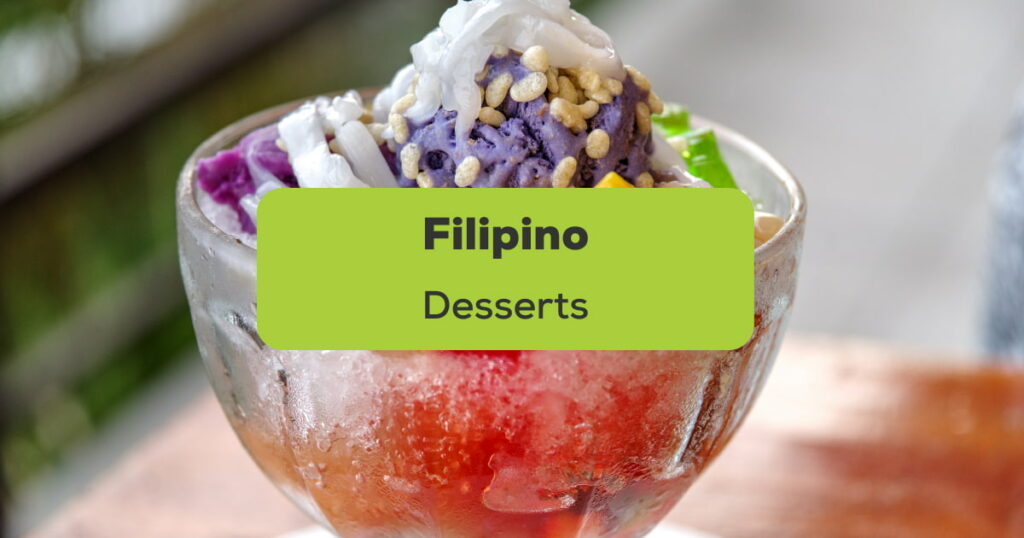While other countries enjoy brewing coffee and downing some sausages and pancakes during the mornings, you might be surprised to know Filipino desserts are served in the morning. One example of that is the hearty chocolate rice porridge known as champorado which is served with evaporated milk and some anchovies. If that sounds too filling, you can never be wrong with taho or the Filipino silken tofu with yummy syrup and sago pearls usually available through street vendors. In today’s post, we will walk you through all the Tagalog delicacies of the country and satisfy your sweet tooth!
The Philippines is not just home to tons of beautiful beaches and amazing tourist attractions. However, if there is one thing that you should not miss out on about the country, then that would be their exquisite selection of traditional desserts and comfort food. Compared to other Asian cuisines, Filipinos enjoy adding bold flavors which are mostly sweet and savory. In addition, the locals enjoy using rice in almost everything, so there is no surprise why some of their top sweet selections are made of this.
In order to make sure that you will not miss out on some of the locals’ food, do check out below the 10 that we have listed below.
Top 10 Filipino Desserts Of All Time
As shared by Adam Liaw (host of The Cook Up), Filipino food is perhaps one of the most underrated in the world. It may indeed be underrepresented in some of the biggest countries, but it does not mean that you should not challenge yourself to try out what they have to offer.
Halo-Halo – Shaved Ice Sundae
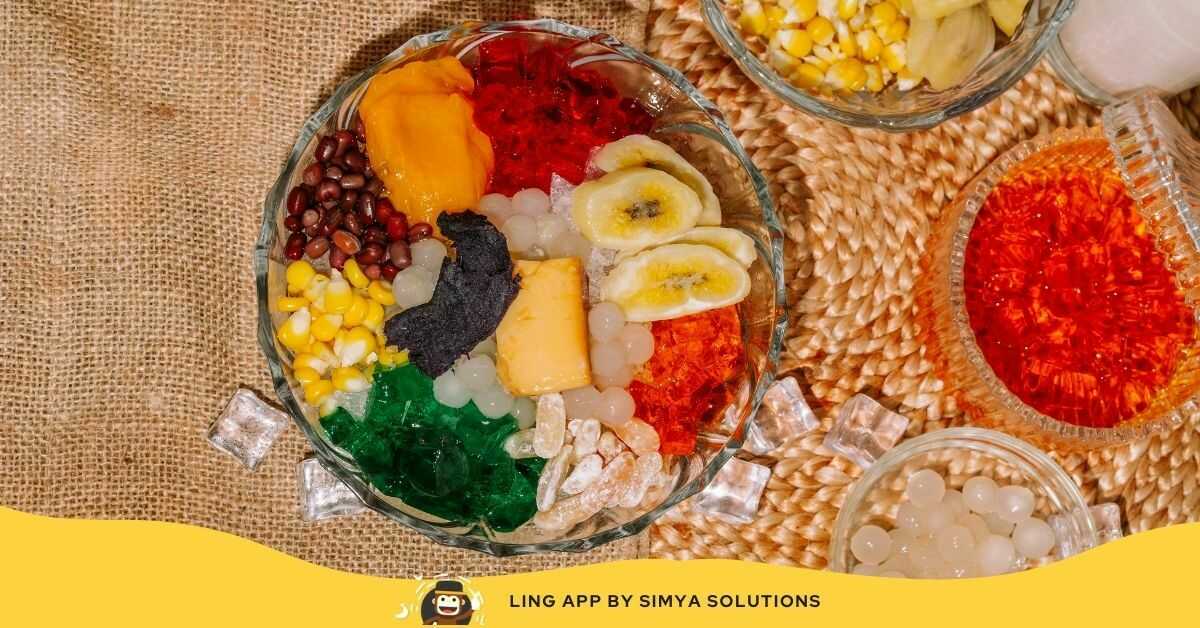
Price: 25 to 100 pesos | Where to buy: Side-streets, Restaurants
The Halo-Halo (“mix-mix” in English) is an international favorite due to its creamy taste and amazingly glorious look. Usually sold in a huge cup, the Halo-Halo comes with many toppings, allowing you to enjoy a different texture in every sip. This Filipino dessert combines shaved ice, condensed milk, gulaman (agar-agar), nata de coco (coconut gel), leche flan, ube ice cream, macapuno (coconut sport), banana, and so much more!
Ube Halaya – Purple Yam Jam
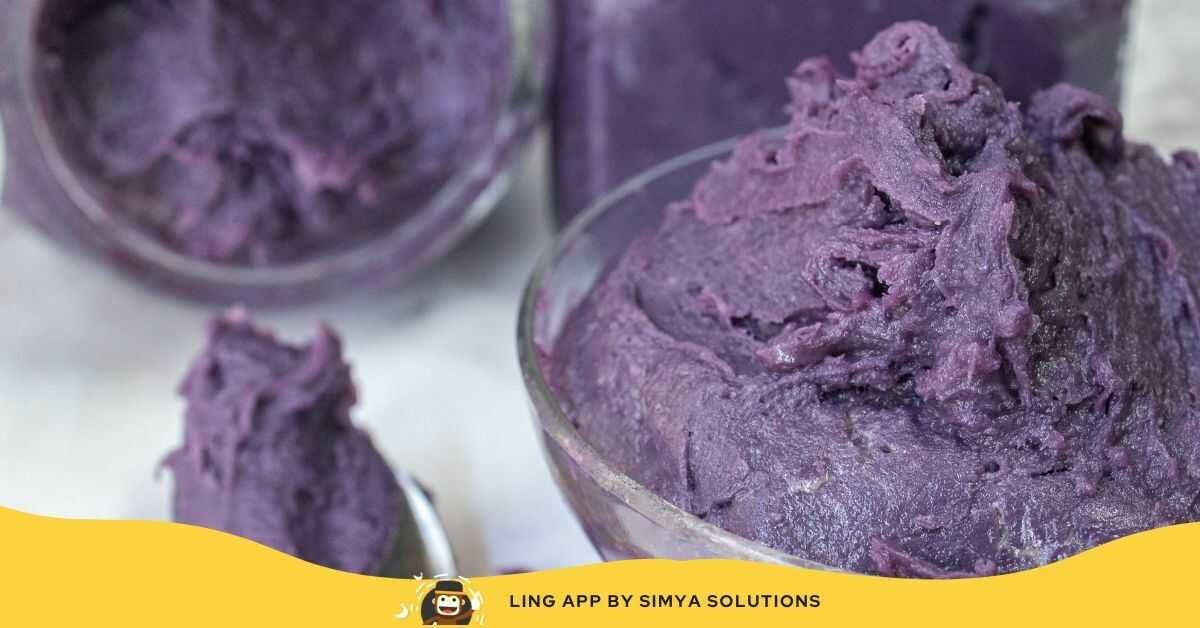
Price: 100 to 200 pesos | Where to buy: Artisan Shops, Restaurants
If Japan is best known for its “matcha” flavor, the Philippines can offer you a sweet purple yam recipe that can be eaten on its own or added as a filling for pies and baked goodies. The Ube Halaya is considered a traditional dessert made of grated purple yam missed with milk, sugar, and water until it thickens into a jam consistency. So it would be wise just to purchase an Ube Halaya-flavored treat instead of getting a huge tray for yourself (unless, of course, you find yourself wanting it all to yourself).
Leche Flan – Cream Caramel Custard
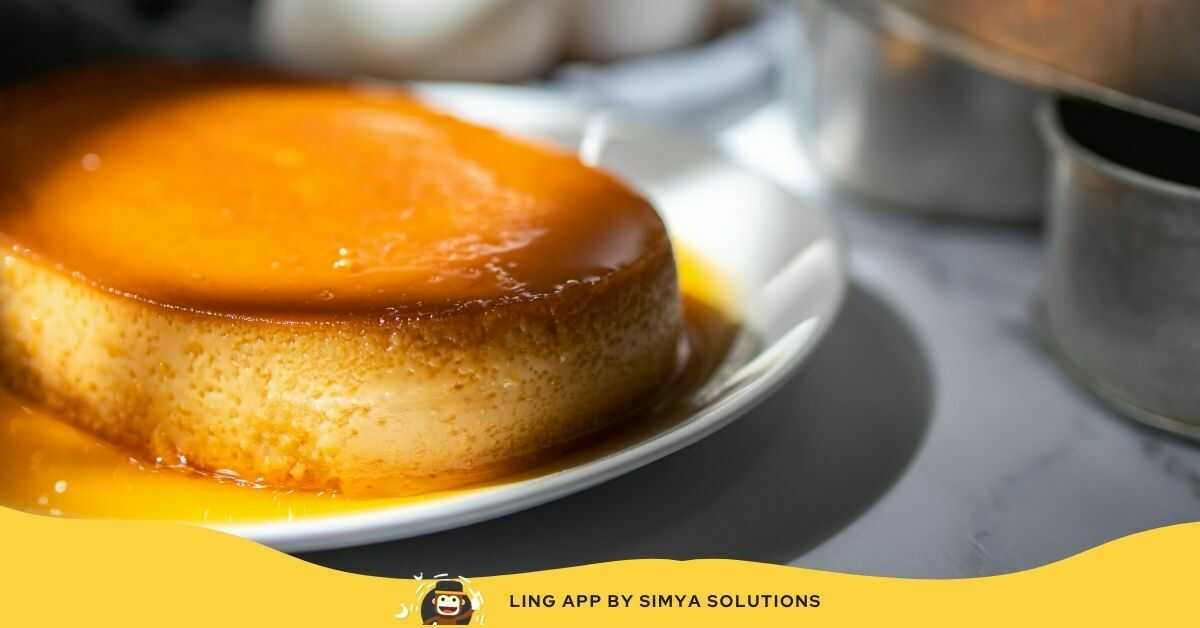
Price: 100 to 200 pesos | Where to buy: Artisan Shops, Restaurants
The word leche comes from Spanish, which means milk, and this is the main ingredient of this Filipino dessert. The creamy Leche flan is a melt-in-your-mouth delicious treat that is usually served as a topping and stuffing to pies and other sweet dishes but can also be eaten on its own. It is made of sweetened condensed milk, eggs, and sugar cooked in water through a llanera (tin pan in English)and is chilled overnight. This is always a hit and is served during parties, special occasions, and fiesta as pamutat or a side dish after a big meal.
Bibingka – Cassava Cake
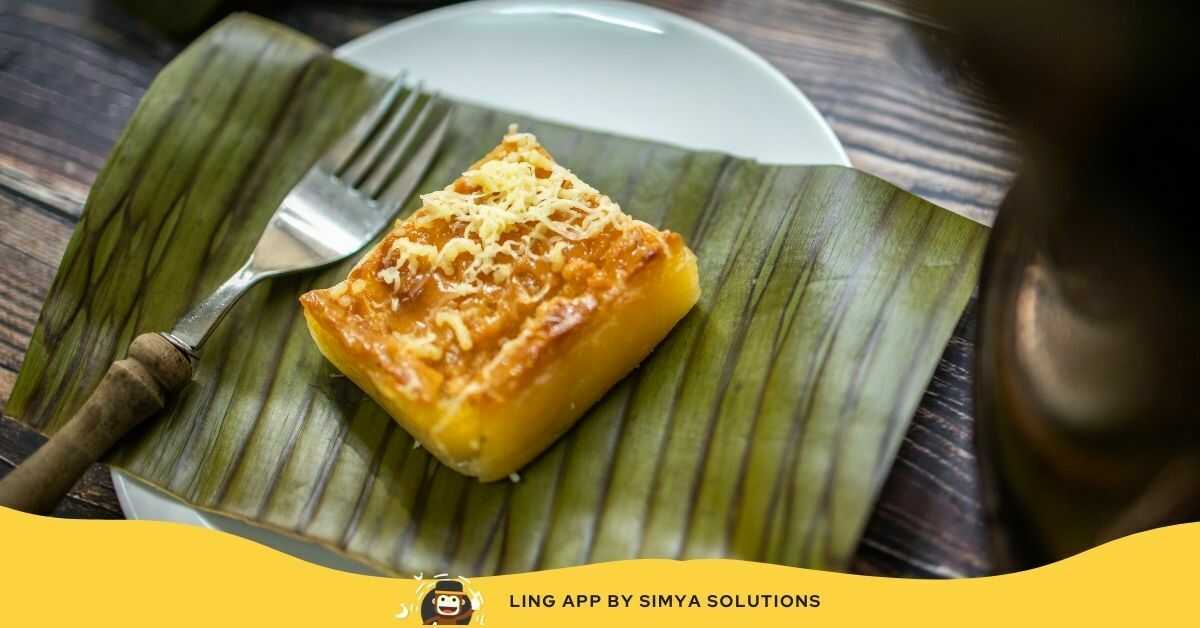
Price: 25 to 100 pesos | Where to buy: Streetvendors, Restaurants
If you want a chewy merienda (Tagalog word for a snack) that is usually available during the Yuletide season, the Bibingka served on banana leaves is a holiday treat you should not miss out on. This can also be considered street food since this is mainly sold by families who are setting up some mini stalls in front of their houses during the Simbang Gabi. This sweet treat is cooked using traditional clay pots that are heated using charcoal for an authentic feel. The dessert is made of galapong (freshly milled rice flour), coconut milk, grated coconut, salted egg, and cheese.
Maja Blanca – Coconut Pudding
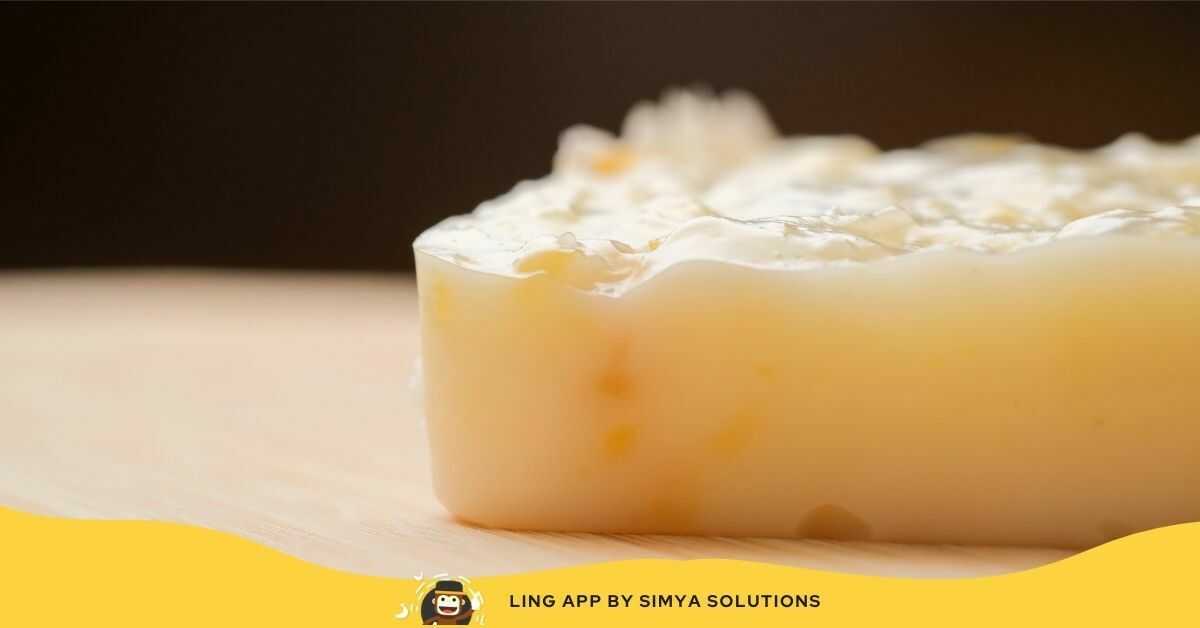
Price: 50 to 100 pesos | Where to buy: Street vendors, Artisan Shops, Restaurants
Out of all the Filipino sweets on this list, this one is perhaps a clear favorite since it is easy and cheap to prepare. The bite-sized Maja Blanca is made of coconut milk, cornstarch, condensed milk, sugar, toasted coconut, and corn kernels. It has a soft and creamy texture that will surely make you think that this is the best pudding recipe ever! It is also available in different flavors, including cheese, pandan, ube, and buko (coconut). It is perfect as a merienda (snack) but is also best after a satisfying meal.
Turon – Deep Fried Banana Lumpia With Caramel

Price: 10 to 30 pesos | Where to buy: Streetsellers, Restaurants
Turon is popular street food for many Filipinos as this is available almost anywhere you go. The basic Filipino dessert recipe for this includes only four basic ingredients: sliced saba bananas, langka (jackfruit), brown sugar, and spring roll wrapper. Once the banana is rolled inside the wrapper, it will then be deep-fried and rolled into the brown sugar. As it melts, the brown sugar will turn into caramel syrup, making the whole Turon look brown and delicious. At times, restaurants add a twist by serving it with vanilla or chocolate ice cream for more flavor.
Buko Pandan – Young Coconut Pandan Salad

Price: 15 to 100 pesos | Where to buy: Streetsellers, Restaurants
The incredible texture, refreshing look, and sweet taste of Buko Pandan are surely going to tempt you to purchase this unique Filipino dessert. This is a hit in the Philippines because cooking this is easy and only needs about five major ingredients, including shredded young coconut, pandan leaves, cream, green gelatin, condensed milk, and sugar. As a topping, others also serve this with some pan-fried pinipig (or pounded rice flakes).
Kutsinta – Steamed Rice Cake
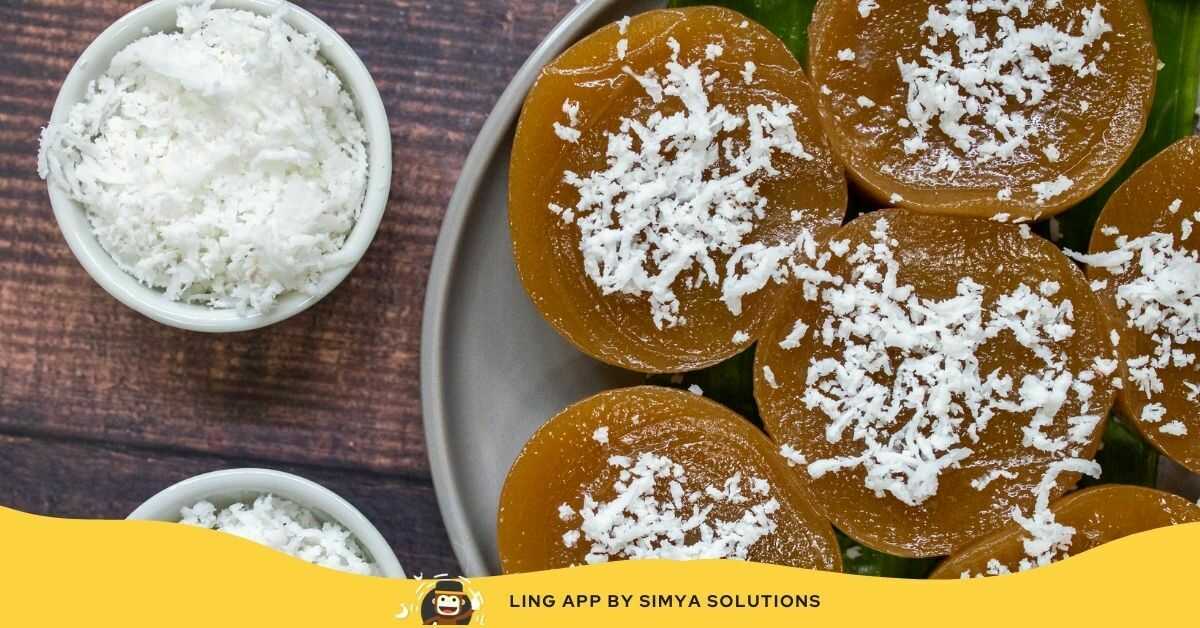
Price: 5 to 20 pesos | Where to buy: Streetsellers
The soft and chewy kutsinta or kuchinta is a sticky rice-based dessert that is served with grated coconut and cheese. To cook this, all you need is a mold greased with melted butter and the basic ingredients, including rice flour, all-purpose flour, lye water, brown sugar, and anatto seeds. Then, within just one hour and 20 minutes, this Filipino dessert is ready to be served for those looking for some cheap and delicious snacks.
Sorbetes – Filipino Ice Cream
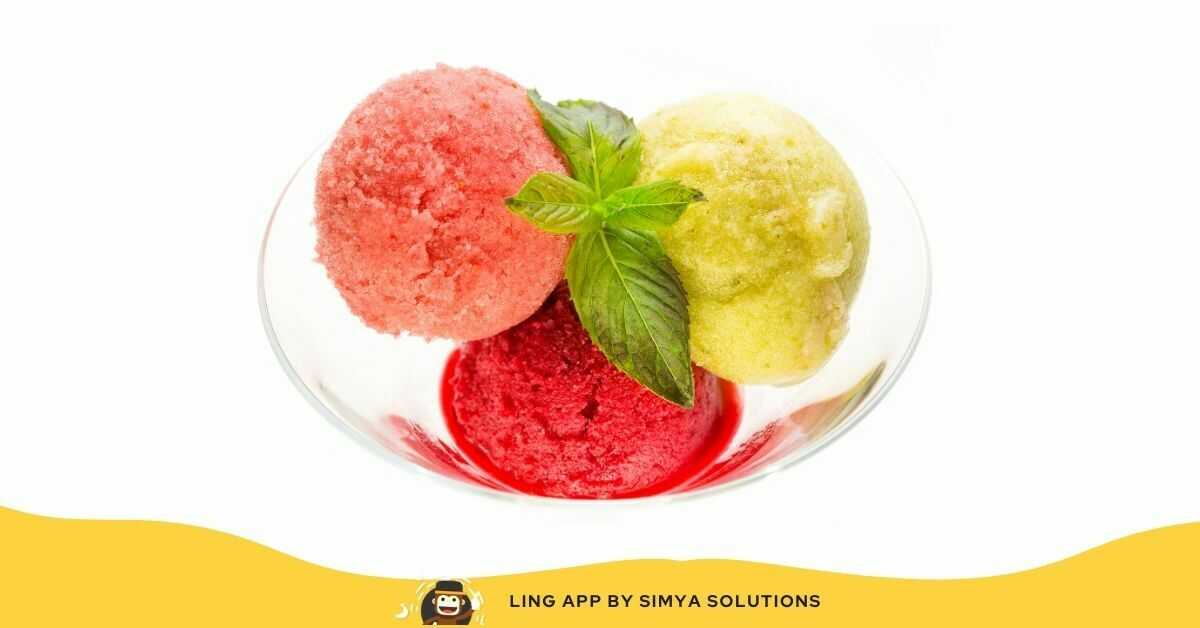
Price: 5 to 20 pesos | Where to buy: Streetsellers
Also known as “dirty ice cream” in the Philippines, the sweet Sorbetes dessert is not dirty at all, and it is pretty healthy than store-bought versions.
Instead of using lots of preservatives and ingredients, the Philippines’ Sorbetes make use of a mix of coconut milk, powdered milk, and cassava flour as a base. Then the manufacturers add flavorings and bite-sized pieces for added texture. So, for instance, if you are purchasing a sweetened cheese flavor, you can expect to see some shreds of real cheese, making it a good buy despite its low price. Also, please note that sorbets’ flavor is mainly tropical, which means you can expect ube, coconut, pandan, mango, and avocado variants!
Ginataang Bilo-Bilo – Stick Rice Balls In Coconut Milk
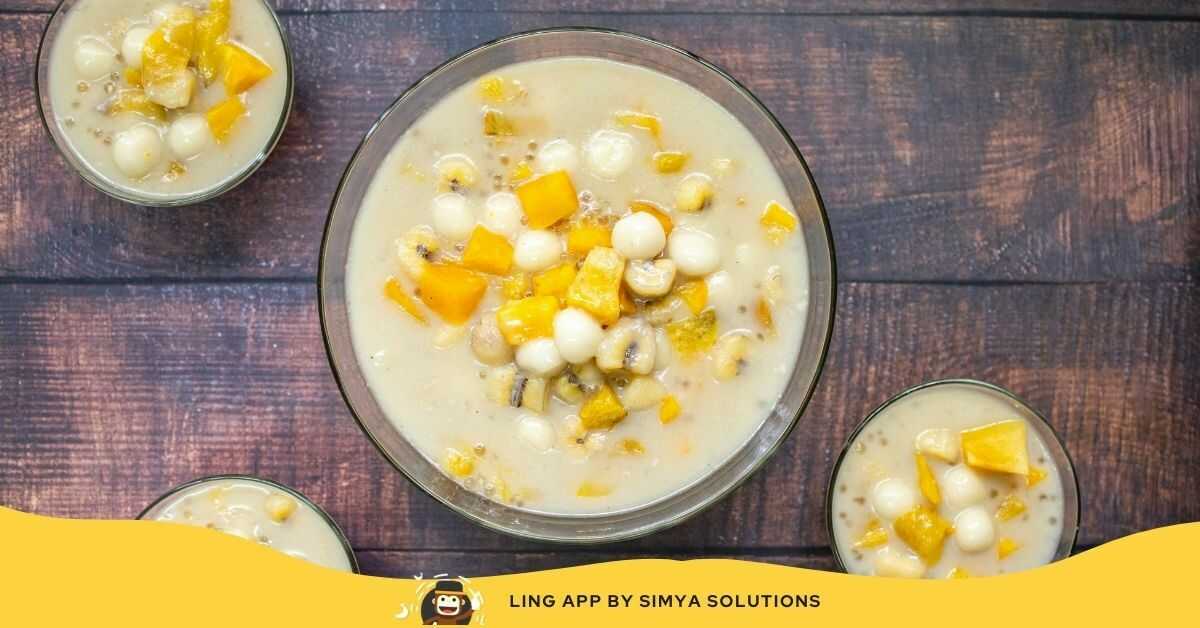
Price: 15 to 30 pesos | Where to buy: Streetsellers
Looking for something gluten-free and good for vegetarians? Out of all the Filipino desserts on the list, this one is best served while it is hot. The Bilo-Bilo or Ginataan has a pudding-like texture and is made of coconut milk, glutinous rice (for the chewy rice balls), bananas, langka, sweet potato, tapioca pearls, rice flour, mung beans, and mais (Tagalog word for corn).
Other Traditional Filipino Desserts
| Filipino Food | Description |
| Suman | Traditional Filipino stocky rice cake |
| Puto Bumbong | Steamed purple rice cake |
| Banana cue | Fried bananas with brown sugar syrup |
| Taho | Filipino silken tofu with sago pearls and brown sugar syrup |
| Sapin-sapin | Layered Filipino rice cake made from glutinous rice and coconut milk |
| Mais con yelo | A milk-based snack made of crushed ice, corn kernels, sugar, and milk |
| Kalamay | Sticky rice cake delicacy made of glutenous rice, brown sugar, and coconut milk |
| Buko salad | Filipino variation of fruit salad |
| Maruya | Banana fritters |
| Gulaman | Filipino jelly dessert |
| Carioca | Filipino version of the Japanese mochi balls |
As we reach this part of the post, we hope that you were able to get a glimpse of some of the best-sweetened delicacies that the Philippines has to offer. If you enjoyed this post, feel free to share it online and help us reach individuals interested to learn about the Philippines and its language. And speaking of language, would you like also to master Tagalog and start expressing yourself like a total pro? Then it’s time for you to meet the Ling App.
Ready To Speak Like A Local?

The Ling App is a fun, handy tool by Simya Solutions developed intending to help language enthusiasts master Tagalog and 60+ other foreign languages. From the inside, you can get premium language content all for FREE, along with fun mini-games and challenging quizzes that will motivate you to learn every day.
Download the Ling app to expand your vocabulary and find the right words to fill the void today.
